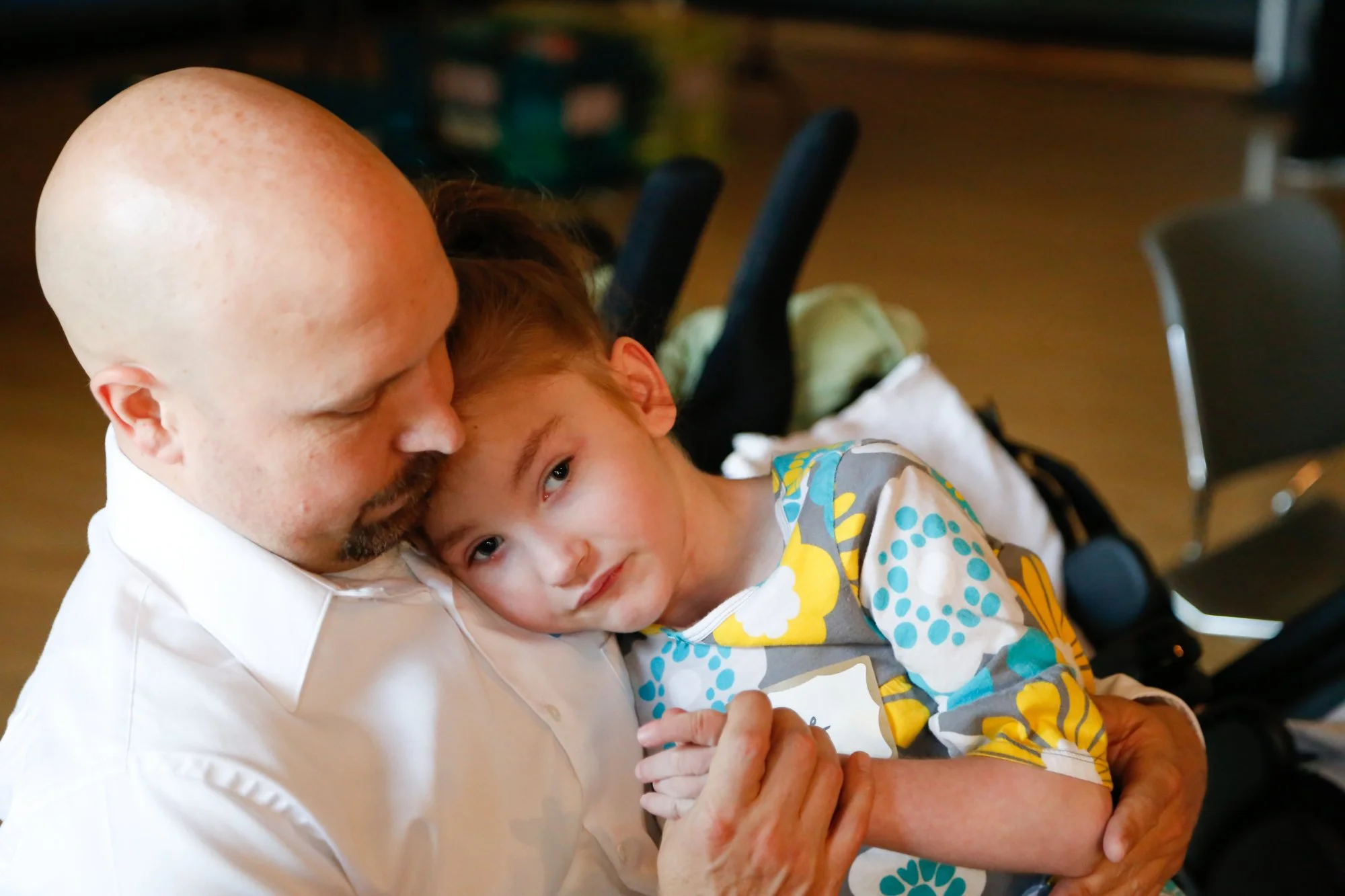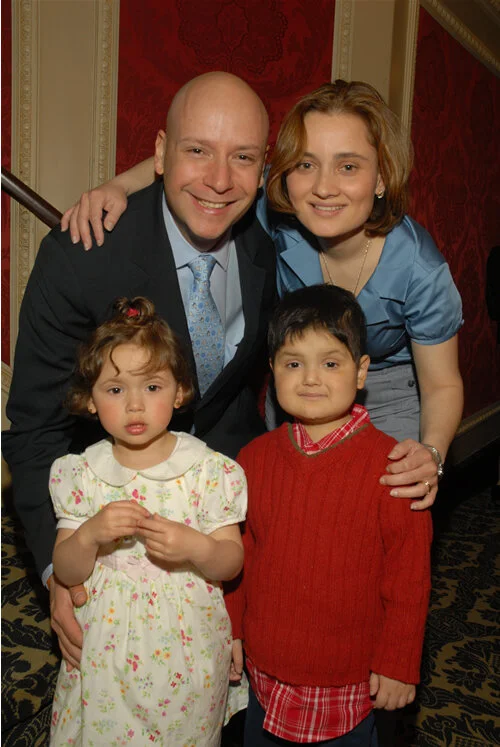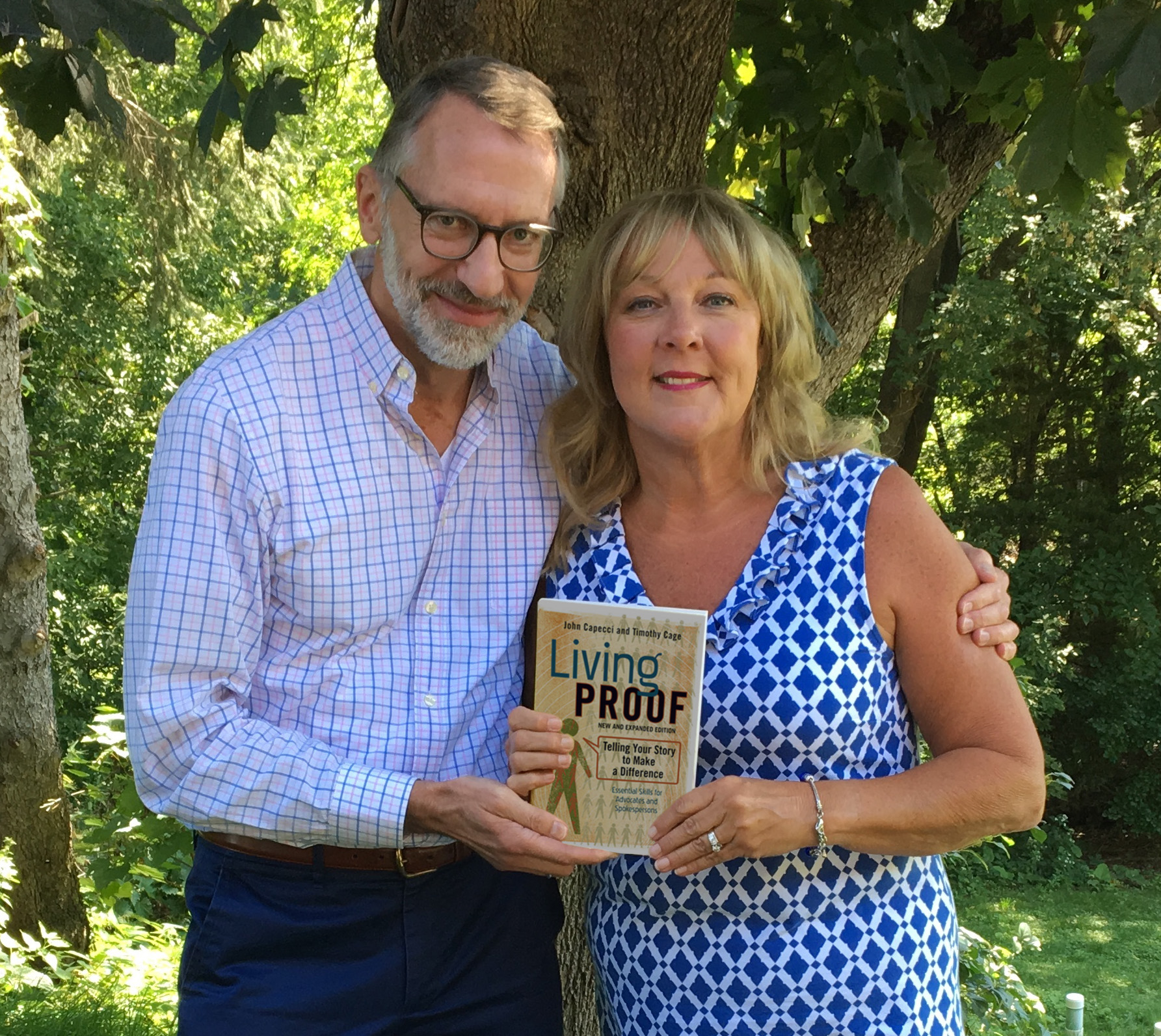“Pointing to the positive” is one of the five qualities of a well-told advocacy story we explore in Living Proof and in our advocacy workshops. Mental health advocate Gayathri Ramprasad recently provided a powerful example of this essential quality in her TEDx talk, “Be the Hope.”

Beginning in her late adolescence, Gayathri began to experience bouts of extreme anxiety and depression: “I could hardly eat, sleep or think straight. The only thing I could do was cry.” At the time, Gayathri was still living at home in Bangalore, India, in a traditional culture that had no concept of depression as an illness. Her parents insisted her agitation was all in her head.
The story she tells now as an advocate for mental health traces her thirty-year dual battle with depression and the associated stigma that constantly “tightened its noose around my neck.” As her story follows Gayathri into marriage, a move to the United States, and motherhood, there are many painful moments, such as when her husband discovers her in the backyard “clawing the earth furiously with my bare hands, intent on digging a grave so that I could bury myself alive.” Eventually, she is hospitalized and confined in the seclusion room of a psychiatric ward several times a week where she often felt “like a convict on death row.”
But Gayathri doesn’t end her story there. If she did, she would move us only from point A to point B—without providing a positive resolution or the promise of a brighter day. Here’s more of Gayathri’s story.
A defining moment came when Gayathri was a patient in the psychiatric ward, placed again in the seclusion room. Just before closing the door to the room, a nurse offered Gayathri words of compassion and strength that somehow triggered an awakening in her. In the night, she had a startling moment of clarity in which she promised to “fight to restore my dignity,” but also to bring hope to the lives of others. Gayathri looks to that moment as the start of her advocacy. Today, she’s a dedicated and vocal advocate for mental health, founder of ASHA International, and author of her published memoir. She’s working for a world “where every man, woman and child suffering from mental illness is provided the love and support they need to thrive in life.
“Getting locked up had set me free to create a life of meaning and purpose.”
“Pointing to the Positive,” means naming the positive change in you that has lead you to advocacy. It also points others to the positive change you want to see. Doing so, you
invite the audience to envision themselves as part of the positive change
help the audience make the connection between your specific life experiences and the issue or action that affects them or others
remind audiences that with your storytelling, you are ultimately asking something of them: to be more aware, change a behavior, adopt a new plan of action, or write a check that will help create change. Unless you point to the positive, better world, telling your story does not give your audience tangible reasons to care, reflect, or invest.
We congratulate Gayathri on her powerful advocacy and thank her for sharing her story with us. Read more of Gayathri’s story in Living Proof: Telling Your Story to Make a Difference.






























